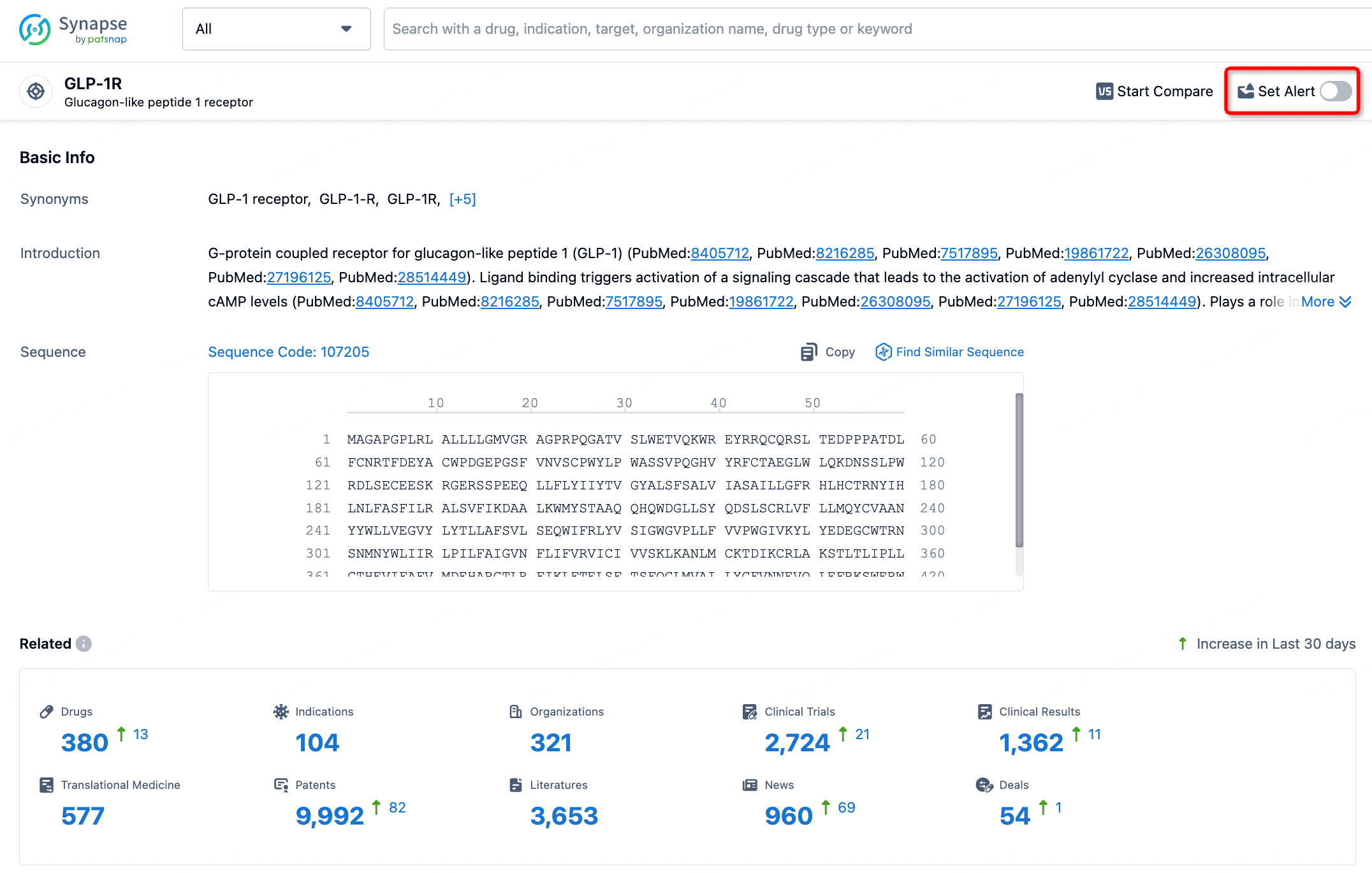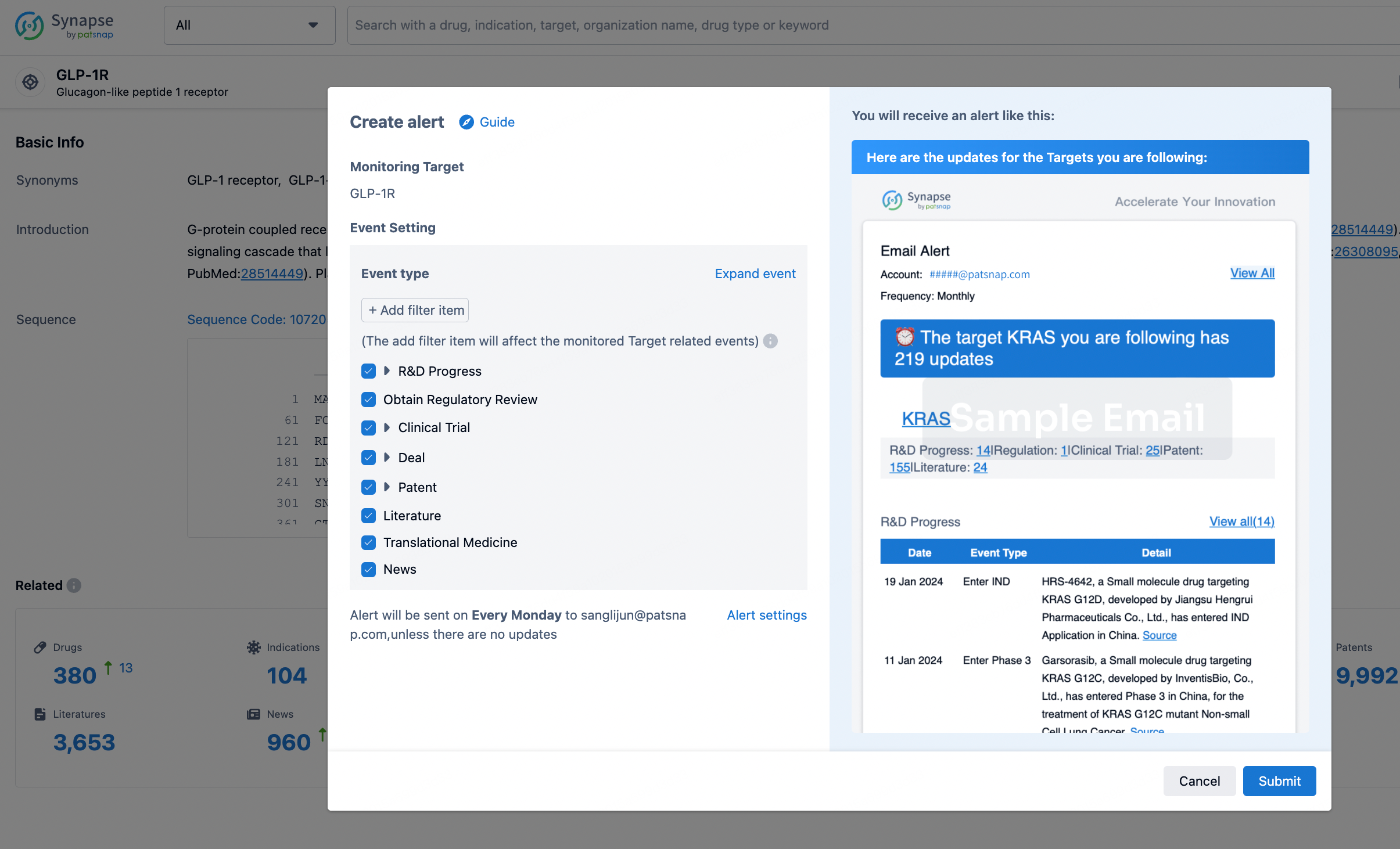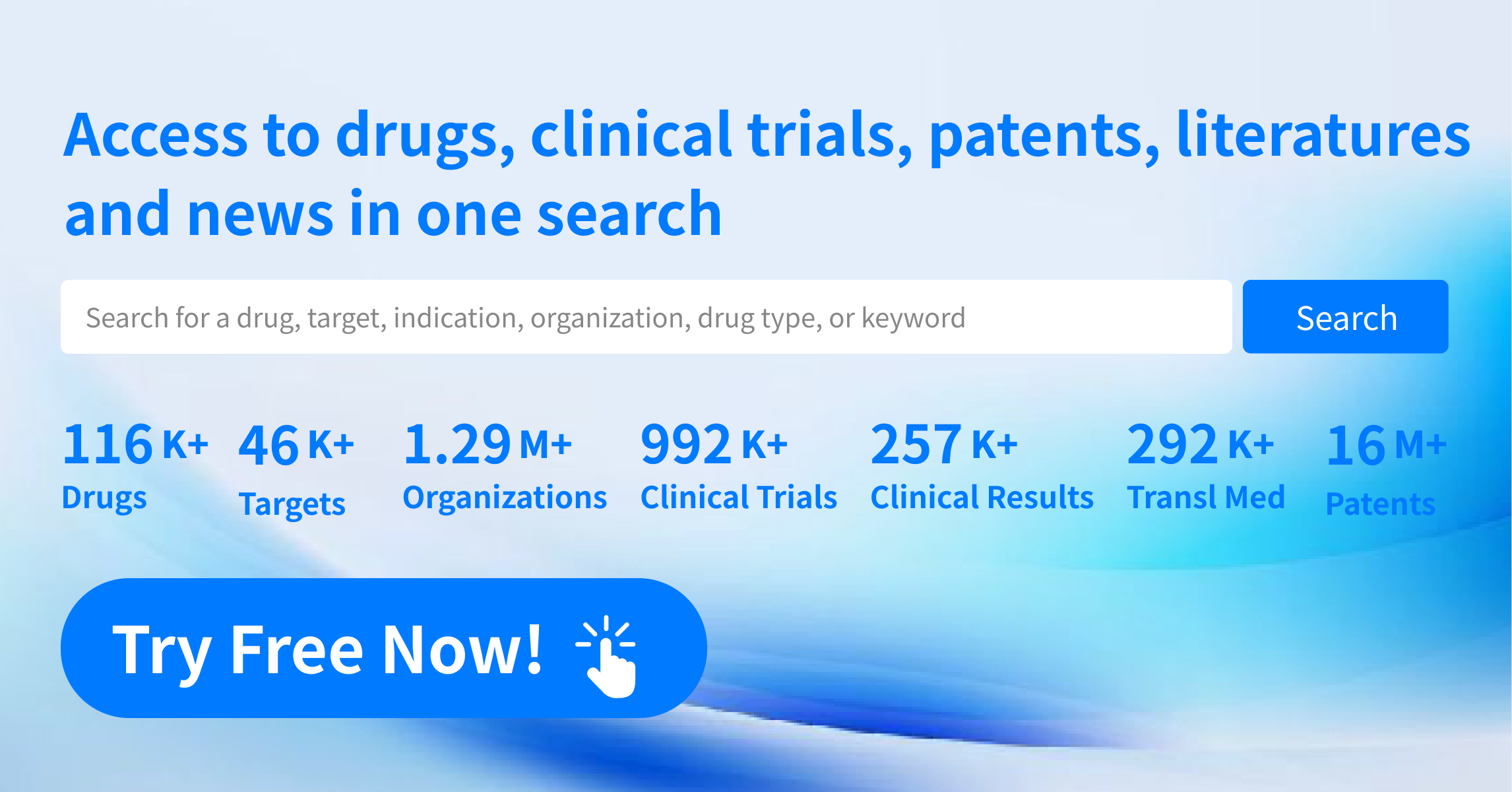Request Demo
What are EZH2 inhibitors and how do they work?
21 June 2024
EZH2 inhibitors have emerged as a promising class of compounds in the field of oncology, capturing the interest of researchers and clinicians alike. EZH2, or Enhancer of Zeste Homolog 2, is a histone methyltransferase that plays a significant role in regulating gene expression through epigenetic modifications. By inhibiting this enzyme, scientists hope to unlock new therapeutic avenues for treating various cancers and other diseases. In this article, we dive into the mechanics of how EZH2 inhibitors work and explore their current and potential applications.
EZH2 is a key component of the Polycomb Repressive Complex 2 (PRC2), which is responsible for the tri-methylation of histone H3 at lysine 27 (H3K27me3). This modification generally acts as a repressive mark, silencing gene expression. The overactivity of EZH2 has been implicated in several malignancies, including lymphomas, sarcomas, and certain solid tumors. Mutations and overexpression of EZH2 can lead to aberrant gene silencing, contributing to uncontrolled cell proliferation and tumor progression.
EZH2 inhibitors work by targeting the enzymatic activity of EZH2, thereby preventing it from adding methyl groups to histone H3K27. This inhibition leads to a reduction in H3K27me3 levels, resulting in the reactivation of previously silenced tumor suppressor genes. By modulating the epigenetic landscape of cancer cells, these inhibitors can alter the transcriptional programs that drive malignancy. This reprogramming can induce cell cycle arrest, differentiation, and apoptosis, effectively stymying the growth and spread of cancer cells.
Several EZH2 inhibitors are currently under investigation, with some already showing promising results in clinical trials. Tazemetostat is one of the most advanced compounds in this class and has gained FDA approval for the treatment of epithelioid sarcoma and follicular lymphoma. Other inhibitors, like GSK126 and CPI-1205, are also being studied for their potential applications in various cancers.
EZH2 inhibitors have shown particularly promising results in the treatment of certain lymphomas. For example, diffuse large B-cell lymphoma (DLBCL) and follicular lymphoma often exhibit activating mutations in the EZH2 gene. Inhibiting EZH2 in these contexts can reverse the malignant phenotype, offering a targeted therapeutic strategy that spares normal, healthy cells. Additionally, research is ongoing to evaluate the efficacy of these inhibitors in combination with other therapies, such as immune checkpoint inhibitors and chemotherapy, to enhance their therapeutic potential.
Beyond oncology, EZH2 inhibitors are being investigated for their potential applications in other diseases characterized by aberrant epigenetic regulation. For instance, these inhibitors may have a role in treating certain neurodegenerative diseases, where dysregulated gene expression contributes to neuronal death and dysfunction. Early studies suggest that modulating EZH2 activity could help restore normal gene expression profiles, offering a novel approach to disease management.
Moreover, EZH2 inhibitors are also being explored in the context of cardiovascular diseases and fibrosis. Dysregulation of EZH2 activity has been linked to pathological changes in the heart and other tissues, and inhibiting this enzyme could mitigate these detrimental effects. By extending the therapeutic reach of EZH2 inhibitors beyond oncology, researchers aim to address a broader spectrum of medical conditions.
In conclusion, EZH2 inhibitors represent a cutting-edge approach in the realm of targeted therapies, capitalizing on the intricate mechanisms of epigenetic regulation to combat disease. By inhibiting the methyltransferase activity of EZH2, these compounds can reverse abnormal gene silencing, offering hope for patients with various forms of cancer and potentially other diseases as well. As research continues to unfold, the full therapeutic potential of EZH2 inhibitors remains an exciting frontier in modern medicine.
EZH2 is a key component of the Polycomb Repressive Complex 2 (PRC2), which is responsible for the tri-methylation of histone H3 at lysine 27 (H3K27me3). This modification generally acts as a repressive mark, silencing gene expression. The overactivity of EZH2 has been implicated in several malignancies, including lymphomas, sarcomas, and certain solid tumors. Mutations and overexpression of EZH2 can lead to aberrant gene silencing, contributing to uncontrolled cell proliferation and tumor progression.
EZH2 inhibitors work by targeting the enzymatic activity of EZH2, thereby preventing it from adding methyl groups to histone H3K27. This inhibition leads to a reduction in H3K27me3 levels, resulting in the reactivation of previously silenced tumor suppressor genes. By modulating the epigenetic landscape of cancer cells, these inhibitors can alter the transcriptional programs that drive malignancy. This reprogramming can induce cell cycle arrest, differentiation, and apoptosis, effectively stymying the growth and spread of cancer cells.
Several EZH2 inhibitors are currently under investigation, with some already showing promising results in clinical trials. Tazemetostat is one of the most advanced compounds in this class and has gained FDA approval for the treatment of epithelioid sarcoma and follicular lymphoma. Other inhibitors, like GSK126 and CPI-1205, are also being studied for their potential applications in various cancers.
EZH2 inhibitors have shown particularly promising results in the treatment of certain lymphomas. For example, diffuse large B-cell lymphoma (DLBCL) and follicular lymphoma often exhibit activating mutations in the EZH2 gene. Inhibiting EZH2 in these contexts can reverse the malignant phenotype, offering a targeted therapeutic strategy that spares normal, healthy cells. Additionally, research is ongoing to evaluate the efficacy of these inhibitors in combination with other therapies, such as immune checkpoint inhibitors and chemotherapy, to enhance their therapeutic potential.
Beyond oncology, EZH2 inhibitors are being investigated for their potential applications in other diseases characterized by aberrant epigenetic regulation. For instance, these inhibitors may have a role in treating certain neurodegenerative diseases, where dysregulated gene expression contributes to neuronal death and dysfunction. Early studies suggest that modulating EZH2 activity could help restore normal gene expression profiles, offering a novel approach to disease management.
Moreover, EZH2 inhibitors are also being explored in the context of cardiovascular diseases and fibrosis. Dysregulation of EZH2 activity has been linked to pathological changes in the heart and other tissues, and inhibiting this enzyme could mitigate these detrimental effects. By extending the therapeutic reach of EZH2 inhibitors beyond oncology, researchers aim to address a broader spectrum of medical conditions.
In conclusion, EZH2 inhibitors represent a cutting-edge approach in the realm of targeted therapies, capitalizing on the intricate mechanisms of epigenetic regulation to combat disease. By inhibiting the methyltransferase activity of EZH2, these compounds can reverse abnormal gene silencing, offering hope for patients with various forms of cancer and potentially other diseases as well. As research continues to unfold, the full therapeutic potential of EZH2 inhibitors remains an exciting frontier in modern medicine.
How to obtain the latest development progress of all targets?
In the Synapse database, you can stay updated on the latest research and development advances of all targets. This service is accessible anytime and anywhere, with updates available daily or weekly. Use the "Set Alert" function to stay informed. Click on the image below to embark on a brand new journey of drug discovery!
AI Agents Built for Biopharma Breakthroughs
Accelerate discovery. Empower decisions. Transform outcomes.
Get started for free today!
Accelerate Strategic R&D decision making with Synapse, PatSnap’s AI-powered Connected Innovation Intelligence Platform Built for Life Sciences Professionals.
Start your data trial now!
Synapse data is also accessible to external entities via APIs or data packages. Empower better decisions with the latest in pharmaceutical intelligence.


